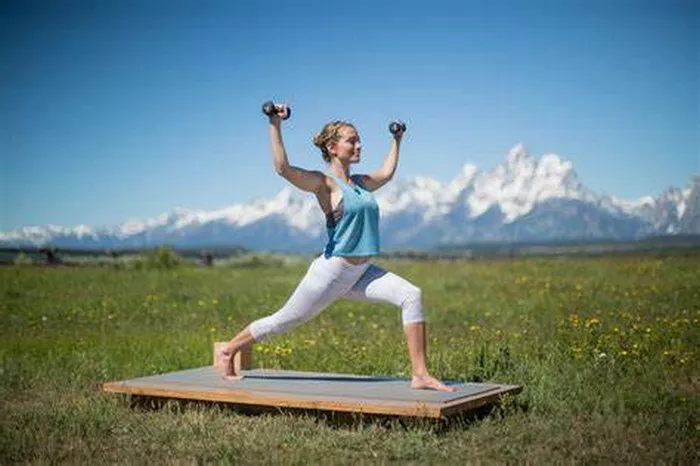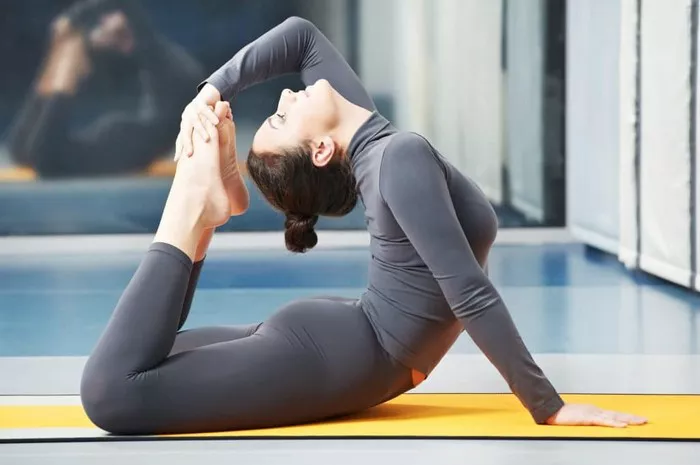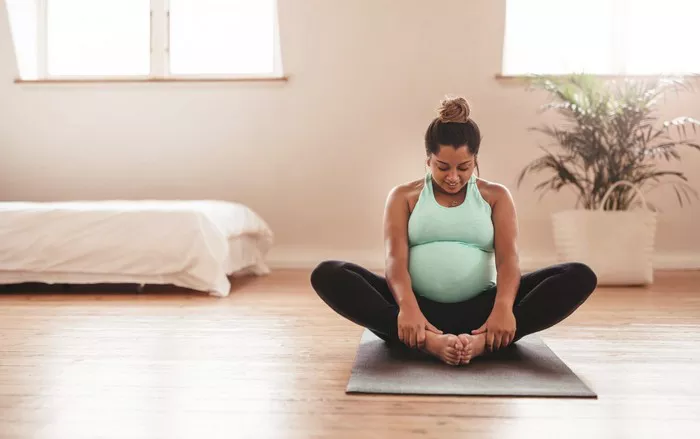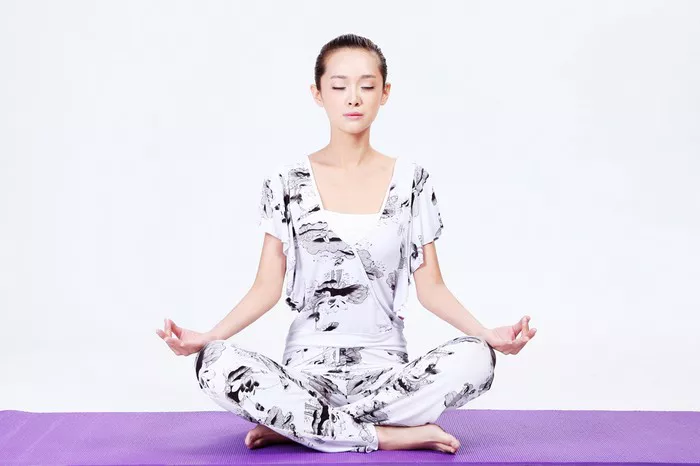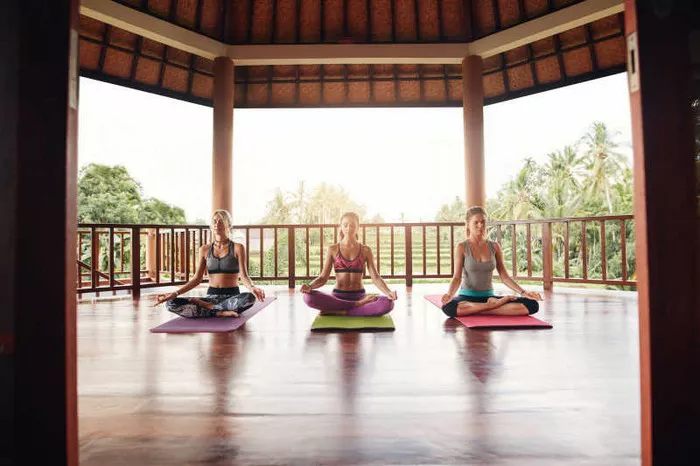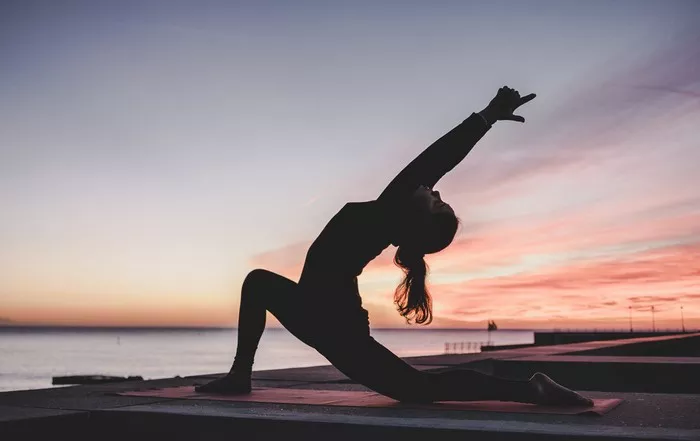Yoga has long been regarded as an effective way to improve physical health, mental clarity, and emotional well-being. One of the main benefits of regular yoga practice is its ability to target specific areas of the body that need attention or care. The hips are one such area that many people struggle with, whether due to tightness, injury, or simply the sedentary nature of modern life. In this article, we will explore the best types of yoga and the most effective poses for improving hip flexibility, strength, and mobility.
Understanding the Importance of Healthy Hips
Before diving into the specifics of which yoga is best for hips, it is essential to understand why healthy hips are crucial for overall well-being. The hip joint is one of the largest and most complex joints in the body. It is a ball-and-socket joint, meaning that the ball-shaped top of the femur (thigh bone) fits into a cup-like socket in the pelvis. This allows for a wide range of movement, from walking and running to sitting and twisting.
When the hip muscles and joint are healthy, the body can move freely and without pain. However, many factors can lead to tightness or discomfort in the hips. These include prolonged sitting, poor posture, lack of physical activity, and muscle imbalances. Over time, these issues can lead to a decreased range of motion, discomfort, and even chronic pain.
Fortunately, yoga provides a powerful tool for restoring balance, flexibility, and strength to the hip area. By incorporating specific yoga poses into your routine, you can improve mobility, release tight muscles, and prevent or alleviate hip pain.
Types of Yoga for Hip Health
When it comes to improving hip flexibility and strength, not all styles of yoga are created equal. Some types of yoga are particularly effective for targeting the hips due to their focus on deep stretching, joint mobility, and muscle activation. Below are some of the most beneficial styles of yoga for hip health:
1. Hatha Yoga
Hatha yoga is one of the most well-known and widely practiced styles of yoga. It is a gentle form of yoga that focuses on physical postures (asanas), breath control (pranayama), and meditation. Hatha yoga classes are generally slower-paced, with an emphasis on alignment and holding poses for longer durations.
Because hatha yoga incorporates a variety of foundational yoga poses, it is an excellent choice for improving hip mobility. Many of the basic asanas, such as the pigeon pose (Eka Pada Rajakapotasana), downward-facing dog (Adho Mukha Svanasana), and warrior poses (Virabhadrasana I, II, and III), help open the hips and strengthen the surrounding muscles.
The slower pace of hatha yoga also makes it ideal for those who are new to yoga or have tight hips. Practicing hatha yoga regularly can help increase flexibility and range of motion in the hip joint, while also strengthening the muscles that support the hips.
2. Vinyasa Yoga
Vinyasa yoga is a more dynamic style of yoga that focuses on linking breath with movement. In a vinyasa class, students flow through a series of poses in a continuous sequence, with each movement coordinated with an inhale or exhale. This creates a smooth and fluid practice that can be both energizing and calming.
While vinyasa yoga is typically more fast-paced than hatha yoga, it still includes many hip-opening poses, such as lunges, pigeon pose, and wide-legged forward bends (Prasarita Padottanasana). The flowing nature of vinyasa allows for deep stretching and mobility in the hips, while also promoting strength, endurance, and flexibility throughout the body.
Vinyasa yoga is also ideal for those who want to build strength in addition to improving flexibility. Many vinyasa sequences incorporate strength-building poses that target the muscles around the hips, such as the glutes, quads, and hip flexors. This combination of mobility and strength makes vinyasa yoga a great choice for overall hip health.
3. Yin Yoga
Yin yoga is a slower, more passive form of yoga that focuses on deep stretching and long-held poses. In yin yoga, poses are typically held for three to five minutes (or even longer), allowing the muscles to relax and the connective tissues, such as ligaments and fascia, to stretch and release tension. This makes yin yoga particularly effective for targeting deep-seated tightness in the hips and pelvis.
In yin yoga, poses such as butterfly pose (Baddha Konasana), lizard pose (Utthan Pristhasana), and dragonfly pose (Supta Upavistha Konasana) are commonly used to open the hips and increase flexibility. The long holds in these poses allow for a deeper stretch, helping to release tension in the muscles and connective tissues around the hip joint.
Yin yoga is especially beneficial for individuals who have tight hips due to chronic tension or stress. It helps to increase circulation in the hip area, release fascia, and improve overall joint mobility. Because of its slow pace, yin yoga is also accessible for people of all fitness levels and can be a great complement to more active forms of yoga.
4. Restorative Yoga
Restorative yoga is a deeply relaxing and gentle form of yoga that uses props such as blankets, bolsters, and blocks to support the body in restful poses. The focus of restorative yoga is on relaxation, stress relief, and deep stretching. Although it is not as physically demanding as other forms of yoga, it can still be very effective for improving flexibility and mobility in the hips.
Restorative yoga poses such as supported child’s pose (Balasana), reclining pigeon pose (Supta Eka Pada Rajakapotasana), and supported forward folds (Paschimottanasana) can be used to gently stretch and open the hips. These poses are held for longer periods, allowing the muscles to relax and release any built-up tension.
Restorative yoga is particularly useful for those recovering from hip injuries or those who experience chronic hip discomfort. The focus on relaxation and mindfulness helps reduce stress and tension, promoting a sense of overall well-being while also improving hip flexibility.
5. Bikram Yoga
Bikram yoga, also known as hot yoga, is a style of yoga that is practiced in a heated room, typically set to around 105°F (40°C) with 40% humidity. Bikram classes consist of a specific sequence of 26 poses and two breathing exercises, designed to promote flexibility, strength, and detoxification.
While Bikram yoga is not specifically focused on the hips, many of the poses in the Bikram sequence help open and stretch the hip joint. Poses such as the standing head to knee pose (Dandayamana Janushirasana), pigeon pose, and half moon pose (Ardha Chandrasana) are effective for increasing hip flexibility. The heat in the room also helps to warm up the muscles, making it easier to stretch and release tightness in the hips.
Bikram yoga can be a good choice for individuals who prefer a more structured and intense yoga practice. The heat increases blood flow and can help loosen tight muscles, including those around the hips. However, it is important to stay hydrated and listen to your body when practicing in a heated environment.
Best Yoga Poses for Hip Flexibility and Strength
While each type of yoga offers benefits for the hips, specific poses are particularly effective for improving hip flexibility, strength, and mobility. Below are some of the best yoga poses to include in your practice to target the hips:
1. Pigeon Pose (Eka Pada Rajakapotasana)
Pigeon pose is one of the most well-known and effective hip-opening poses in yoga. It targets the hip flexors, glutes, and hip rotators, providing a deep stretch for the entire hip region. To perform pigeon pose, begin in a tabletop position and bring one knee forward, placing it behind your wrist. Extend the opposite leg straight behind you and lower your hips toward the floor. Hold the pose for several breaths, allowing your hips to open and release tension.
2. Lizard Pose (Utthan Pristhasana)
Lizard pose is an excellent stretch for the hips, hamstrings, and inner thighs. Begin in a low lunge with one leg forward and the other leg extended straight back. Lower your hips toward the floor and bring your forearms down to the mat (optional). This pose targets the hip flexors and helps to increase flexibility in the groin and hip area.
3. Cow Face Pose (Gomukhasana)
Cow face pose is another great hip opener that stretches the glutes and the hip rotators. Begin seated with your knees bent and stacked on top of each other. Reach one arm behind your back to clasp your hand, and bring the other arm forward to connect with the opposite hand. You can stay seated in this position or gently fold forward to deepen the stretch.
4. Butterfly Pose (Baddha Konasana)
Butterfly pose is a seated stretch that targets the inner thighs, hips, and groin. Sit on the floor with your feet together and knees bent out to the sides. Hold your feet with your hands and gently press your knees toward the floor. This pose can be a great way to increase hip flexibility and mobility.
5. Bound Angle Pose (Supta Baddha Konasana)
This restorative pose is similar to butterfly pose, but it is performed lying on your back. Bring the soles of your feet together and let your knees fall out to the sides. You can place blocks or cushions under your knees for support, allowing for a deeper stretch. Bound angle pose is great for releasing tension in the hips and groin.
6. Wide-Legged Forward Fold (Prasarita Padottanasana)
Wide-legged forward fold is a standing pose that stretches the inner thighs, hamstrings, and hips. Stand with your legs wide apart and fold forward, bringing your hands to the floor or a block. Allow your head to relax toward the floor and keep your spine long. This pose provides a gentle stretch for the hips and can help increase overall flexibility.
7. Warrior II Pose (Virabhadrasana II)
Warrior II is a standing pose that strengthens the legs, opens the hips, and stretches the groin. Start by standing with your feet wide apart, turn one foot out 90 degrees, and bend your front knee. Extend your arms out to the sides and hold the pose, engaging your core and keeping your hips open. Warrior II is great for strengthening the muscles around the hips while also increasing flexibility.
8. Bridge Pose (Setu Bandhasana)
Bridge pose is a backbend that also targets the hips, glutes, and lower back. Lie on your back with your knees bent and feet flat on the floor. Lift your hips up toward the ceiling, engaging your glutes and hamstrings. This pose can help strengthen the muscles around the hip joint while opening the hips and lower back.
9. Happy Baby Pose (Ananda Balasana)
Happy baby pose is a gentle, restorative pose that stretches the hips, groin, and inner thighs. Lie on your back and grab the outsides of your feet with your hands. Bring your knees toward your armpits and gently rock from side to side. This pose is a great way to release tension in the hips and is particularly helpful after a long day of sitting.
Conclusion
The hips are a crucial part of the body that require attention, flexibility, and strength to maintain optimal function and prevent discomfort or pain. By incorporating various yoga poses and styles into your practice, you can significantly improve the health and mobility of your hips. Whether you prefer a gentle practice like restorative or yin yoga, or a more dynamic practice like vinyasa or hatha yoga, there are numerous ways to target the hip area and promote long-term health.
Remember, consistency is key when working with tight or stiff hips. Practicing these hip-opening poses regularly will help you experience greater flexibility, mobility, and comfort. If you’re unsure where to start, consider taking a yoga class or following a sequence that focuses on the hips to guide your practice. No matter which style of yoga you choose, the benefits for your hips will be significant, leading to improved movement and a greater sense of overall well-being.
Related Topics:








